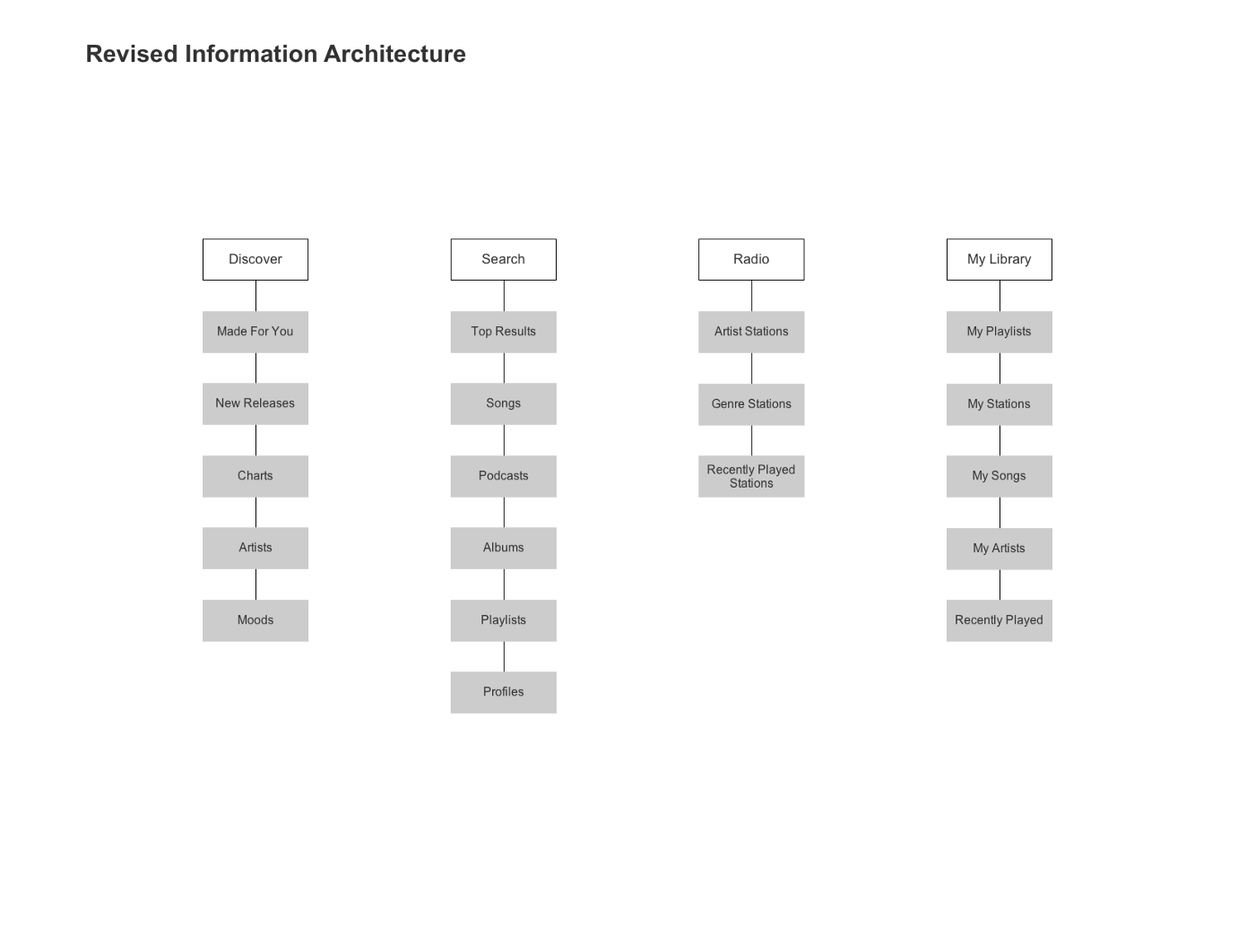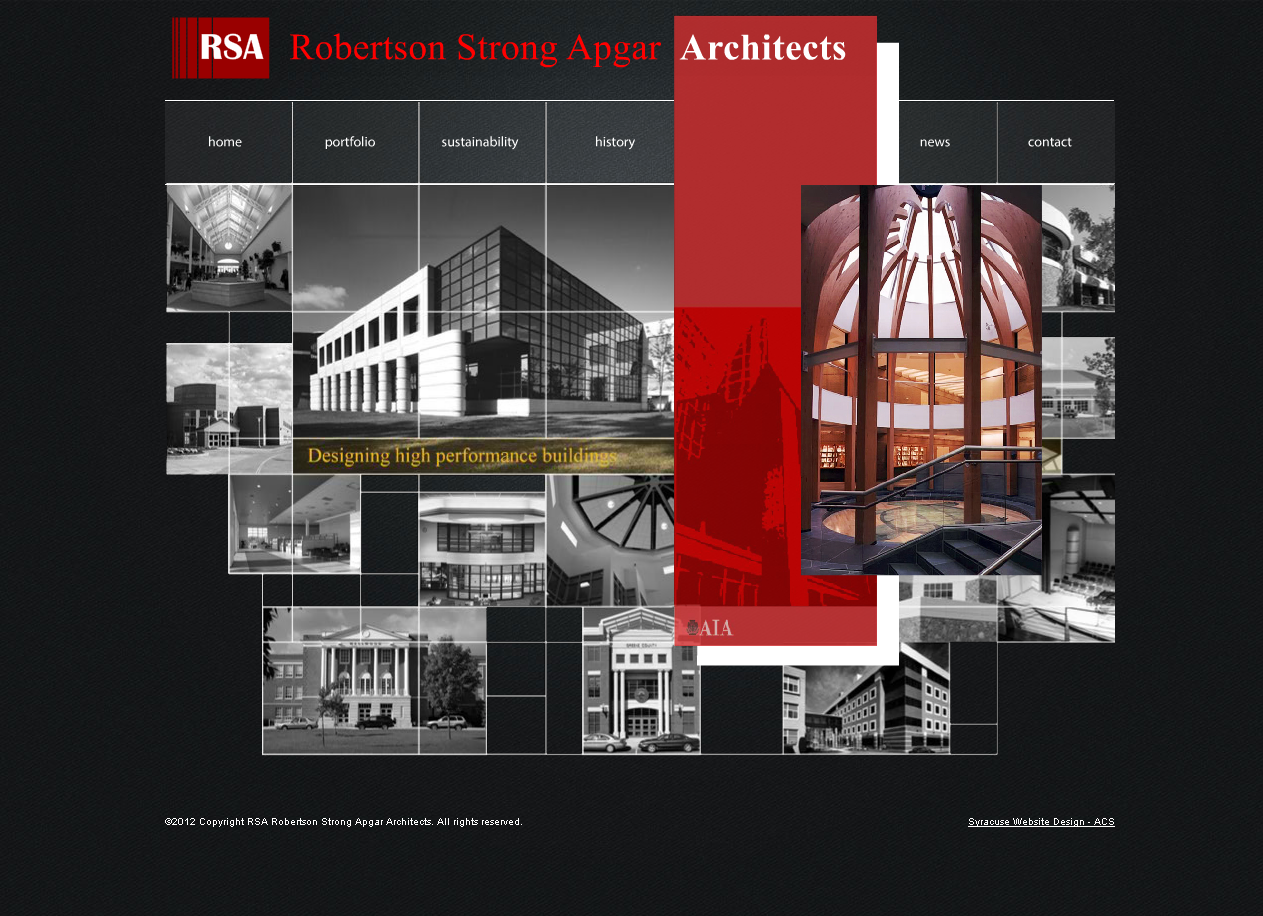What I Wish I Knew a Year Ago About SEO This Week Episode 189 - Website Architecture Example
Facts About Website Architecture Template Revealed
Table of ContentsThe Basic Principles Of Website Architecture Best Practices Some Known Details About Website Architecture Example The Facts About Website Architecture UncoveredWebsite Architecture Design Fundamentals Explained
Picture this situation: You check out a site and hang out trying to find the details you need. You click one link, then another, and once again, and once again But you show up empty you can't find anything helpful. Whether you're a product owner or designer, you do not desire your site to be a labyrinth with absolutely nothing but annoying blind alleys.
It deals with the turmoil, producing a clear structure for a website, an app, or a program. In this post, we'll explain how you can produce outstanding information architecture. When you show up at a brand-new place, you require something to guide you. If you're investing a weekend in an unfamiliar city, you need to speak with a map.
It's the very same with any unfamiliar area: You don't desire to lose time and get lost, so you need an assistance. is the science of structuring material as it is used to news sites or blog sites, online stores, booking apps, downloadable software, and so on. The objective of information architecture is to classify the material in a clear and easy to understand way and arrange it according to relations between the content pieces, allowing users to find what they need with less effort.
Getting My Website Architecture Template To Work
Details architecture belongs of interaction style that thinks about content, context, and users. This suggests that user needs, organization objectives, and different kinds of material must be taken into consideration while structuring an item's details. Normally, info architecture style falls under the care of UX and UI designers or a details architect.
 The 6-Minute Rule for Website Architecture
The 6-Minute Rule for Website Architecture
An information architect who works along with a UX designer can concentrate exclusively on information architecture design, while a UX designer dedicates more time to research. In this case, a designer develops a number of deliverables, which we will explain in the section on the actions of IA development. No matter the title, an individual who works on details architecture must start with the guidelines that help to accomplish the goal of IA.
To develop a strong info architecture, you must begin with thorough research study, so everything starts with learning your users' requirements and behaviors. The 5 actions of information architecture advancement The objective of this stage is to discover a user's requirements. You must work with a customer profile and the results of consumer and stakeholder interviews.
The Greatest Guide To Website Architecture
 The 8-Minute Rule for Web Architecture Design
The 8-Minute Rule for Web Architecture Design
Due to the fact that these tasks belong to a UX designer or business expert, you require the results of their activities. At the end of this phase, you'll end up with a user profile and user flow that highlight the way a user thinks and interacts with an item. When you have all the required info about the item and individuals who use/will usage it, you can go to the next action.
The main activities to perform at this stage are content inventory and content audit. Let's look at them. The goal of this activity is to produce a list of info components on all the pages of a site http://www.bbc.co.uk/search?q=website architecture diagram and classify them by subject and sub-topic. This consists of the following products: Headings and subheadings Texts Media files (images, video, audio) Documents (doc, pdf, ppt) URL-links of the pages These aspects are listed in a material design template with their attributes included.
 Not known Incorrect Statements About Website Architecture Best Practices
Not known Incorrect Statements About Website Architecture Best Practices
Now, scrap the least essential items, update some pieces of content, and rearrange them for the next actions. This activity applies both to new items and to app or website redesigns. The next action includes grouping material into different classifications. For this purpose, you will need the help of potential users.
The Best Strategy To Use For Website Architecture Example
You require a taxonomy to do it. Taxonomy is another word for classification. When it comes to IA, it's an effort to group various disorganized pieces of details and provide descriptions. Taxonomization used on the Airbnb websiteSource: The most popular and the most crucial technique that allows taxonomizing the material is card sorting.
The point of the activity is to see directly how users perceive the product's material pieces. Card sorting is normally carried out in small groups of 15-20 individuals, where they have to explain and arrange 30-60 cards with pieces of details into different classes. The cards contain subjects that need to be classified, or pieces of content that need to be described.
The participants classify subjects as they choose and in the order that makes sense to them. This approach enables great architecture you to comprehend how the users believe in regards to category. Open type is utilized to develop brand-new products. with pre-designed categories. This method of card sorting is typically applied in redesign.

